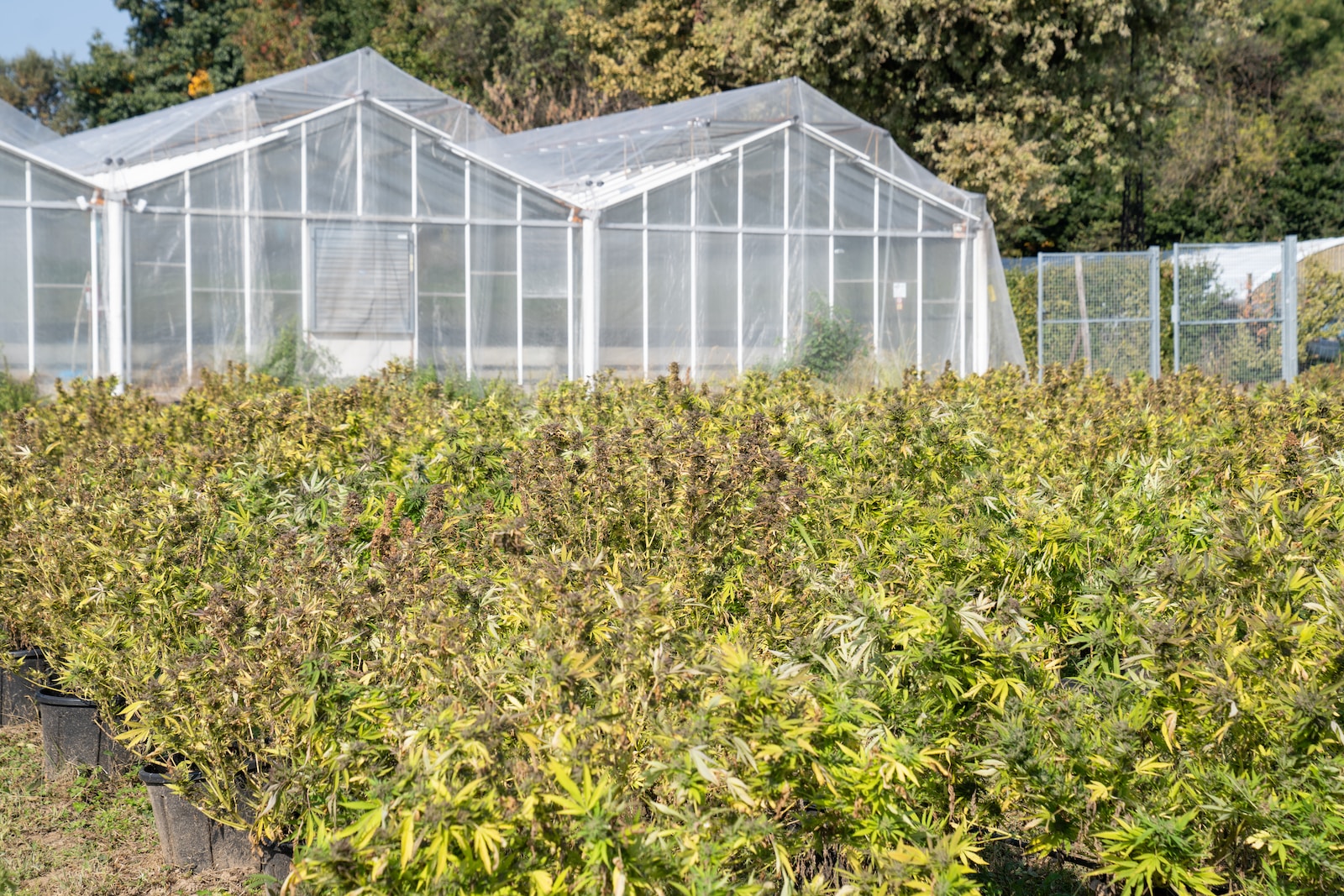Creating a pristine, weed-free lawn can be a challenging endeavor, especially when you’re dealing with new grass. Weeds have a knack for infiltrating even the most meticulously prepared lawns. However, fear not! In this comprehensive guide, we will delve into the world of lawn care and explore practical solutions for managing and preventing weeds in your new grass. From proper maintenance techniques to eco-friendly herbicides, we’ve got you covered.
What to Do About Weeds in New Grass
New grass is particularly vulnerable to weed infestations, but with the right approach, you can maintain a lush and weed-free lawn. Let’s dive into the strategies that will help you achieve this:
Preparing Your Soil
Before you even lay down the grass seed, preparing your soil is crucial. It’s the foundation of a healthy lawn and can deter weed growth significantly. Here’s how to go about it:
- Soil Testing: Start by conducting a soil test to determine its pH and nutrient levels. Adjust the pH as needed and amend the soil with organic matter to improve its structure.
- Proper Tilling: Ensure the soil is tilled to an appropriate depth, usually about 4-6 inches. This helps to break up compacted soil and allows the roots of your new grass to establish themselves more easily.
- Weed Removal: Remove any existing weeds or their roots before planting. Be thorough to prevent any hidden surprises.

Choosing the Right Grass Seed
The type of grass you choose plays a significant role in weed prevention. Opt for grass varieties that are well-suited to your region and climate. Native grasses are often hardier and better at outcompeting weeds.
Seeding and Sowing
- Proper Seeding: Follow the recommended seeding rates and techniques for your chosen grass type. Over-seeding can lead to competition for resources and weed issues.
- Mulching: Mulch the seeded area lightly with straw or compost to retain moisture and deter weed growth. Ensure the mulch layer is not too thick, as this can smother the new grass.
Watering and Maintenance
- Consistent Watering: Keep the soil consistently moist during the germination period, typically two to three weeks. Avoid overwatering, as this can create conditions favorable to weed growth.
- Mowing Height: Maintain your grass at the appropriate height for its variety. Taller grass shades the soil, making it difficult for weeds to establish.
- Regular Maintenance: Keep up with regular lawn care tasks such as fertilizing, aeration, and dethatching. A healthy lawn is better equipped to fend off weeds.
Natural Weed Control
- Hand Pulling: For small weed populations, hand-pulling is effective. Ensure you remove the entire root to prevent regrowth.
- Vinegar Solution: A homemade solution of vinegar and water can be used to spot-treat weeds. Be cautious when using this near your grass, as it can harm the new grass if applied excessively.
- Corn Gluten Meal: This natural pre-emergent herbicide can prevent weed seeds from germinating. Apply it in early spring as directed.
Herbicides as a Last Resort
- Selective Herbicides: If weeds become overwhelming, consider using selective herbicides designed to target specific weed types without harming your grass.
- Read Labels: Always read and follow the label instructions carefully when using herbicides. Incorrect application can damage your lawn.
FAQs

Q: Can I use chemicals to kill weeds in new grass?
A: While it’s best to avoid chemicals when possible, selective herbicides can be used as a last resort. Follow the instructions closely to minimize harm to your grass.
Q: How can I prevent weeds without chemicals?
A: Natural methods like hand-pulling, mulching, and proper lawn care can effectively prevent weeds from taking over your new grass.
Q: Is it normal to have some weeds in a new lawn?
A: It’s not uncommon to have a few weeds in a new lawn. Prompt action and proper maintenance can keep them from spreading.
Q: When is the best time to plant new grass to prevent weeds?
A: Early fall or late spring are ideal times to plant new grass, as weeds are less active during these periods.
Q: Can I use synthetic mulch instead of straw or compost?
A: Synthetic mulch can be used, but natural options like straw or compost are preferred, as they decompose and enrich the soil over time.
Q: Are there any eco-friendly herbicides available?
A: Yes, some eco-friendly herbicides are available, such as those based on natural ingredients like vinegar or corn gluten meal.
Conclusion
Achieving a weed-free lawn with new grass requires dedication and a well-thought-out approach. By preparing your soil, choosing the right grass seed, and employing effective maintenance practices, you can enjoy a lush, green lawn that’s the envy of the neighborhood. Remember, the key is consistent care and vigilance against weeds.
